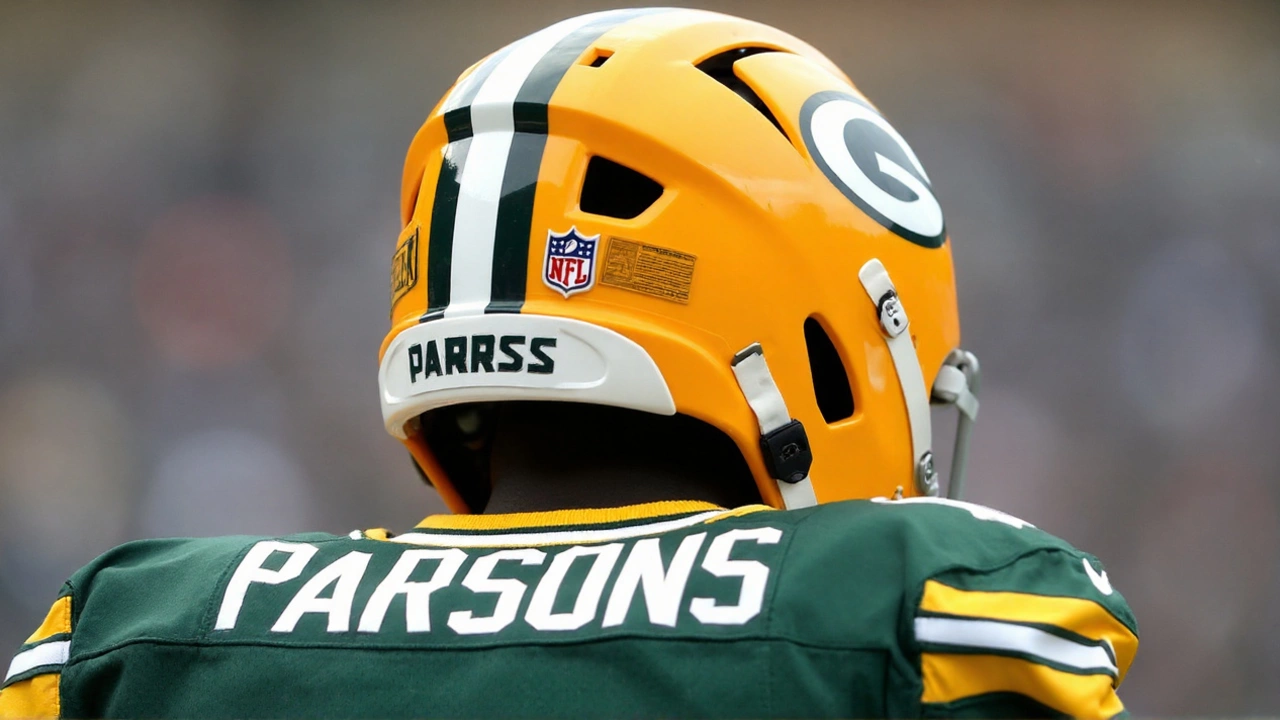Inactives reshape Thursday night lineups
Short week, thinner rosters, and a primetime stage. That was the setup for Packers vs Commanders at Lambeau Field, where both sides unveiled inactive lists that forced game-plan tweaks in all three phases.
Washington’s card had a surprise: punter Mitch Wishnowsky was out, leaving the Commanders to rework their field-position plan and holder duties on kicks. Quarterback Josh Johnson was designated as the emergency third quarterback, a move that doesn’t count against the active 48 but limits his use to a true injury emergency. The Commanders also sat running back Chris Rodriguez Jr., linebackers Ale Kaho and Kain Medrano, and veteran tackle Trent Scott.
- Commanders inactives: P Mitch Wishnowsky; QB Josh Johnson (emergency QB); RB Chris Rodriguez Jr.; LB Ale Kaho; LB Kain Medrano; OT Trent Scott.
Green Bay had its own headache up front. Two starting offensive linemen were ruled out, pushing the staff to rewire protection rules and the run-game menu. Rookie Jordan Morgan drew the start at left tackle, a big assignment on a short turnaround. The better news: cornerback Nate Hobbs, questionable all week, was cleared and active, giving the Packers needed depth and flexibility in the secondary.
- Packers notable statuses: Two starting offensive linemen out; LT Jordan Morgan starting; CB Nate Hobbs active.
Washington elevated two players from the practice squad to cushion the blow, a common Thursday move when injuries strip depth at multiple spots. Those elevations often plug special-teams gaps and give coordinators just enough bodies to hold sub-packages together.
Without their starting punter, the Commanders had to get creative. Special teams coaches typically shift holder responsibilities and tighten the operation on field goals. They also rethink fourth-down choices near midfield, where a missing specialist can tilt the calculus toward aggression or cautious pooch kicks. It’s not flashy, but those hidden yards matter in a game that tilts on field position and turnovers.
For Green Bay, the fix was more visible. Expect a heavier dose of quick game, chips from tight ends and backs, and a passing plan that moves the launch point. When two starters sit, the best ally is rhythm—snap, set, ball out—plus motion that stresses the defense without hanging the tackles out to dry. Morgan’s job: keep the edge orderly on early downs and survive the obvious passing situations.

How the absences changed the game
Washington won the coin toss and deferred, but the opening stretch belonged to the Packers. Green Bay played on schedule and grabbed a 7-0 lead by the end of the first quarter, a clean start on a night when any protection wobble could have flipped momentum. That early rhythm was the tell: the Packers leaned into tempo and timing throws, mixing in just enough run action to keep the front honest.
Hobbs’ availability mattered more than it looked on the sheet. With another trusted corner on the field, Green Bay’s defense mixed coverages, played tighter on third downs, and trusted the rush to get home without exotic blitzes. That steadied the middle of the field and forced Washington to drive the long way. On a short week, when fresh legs are rare, that kind of efficiency stacks up.
Washington’s offense felt the ripple effects of its inactives. No Chris Rodriguez Jr. meant a narrower rotation at running back and fewer fresh-carrier snaps on special teams. With Kaho and Medrano out, the Commanders lost some speed in kick coverage and in their sub-package linebacker roles, the spots that clean up screens and flats. Those are the plays that tip the hidden yardage battle—five-yard leaks that become 12-yard chains.
The punter situation hovered over every drive. Without their usual specialist, Washington had to manage fourth downs differently. That often means shorter fields, altered directional-kick plans, and more stress on the defense if a short punt gifts the opponent a head start. Even when the numbers don’t jump off the box score, the sideline feels it: calls get tighter, and mistakes get louder.
Green Bay’s reshuffled line held up well enough. The ball came out quickly, and the staff protected the edges with chips and motion. Morgan’s first start at Lambeau on a Thursday could’ve been a trap. Instead, it turned into a steady audition—no long losing reps, clean communication, and a pocket that let the Packers lean on their script early and close out late.
By the final whistle, it was 27-18 Packers—an NFC win built on managing chaos better than the other sideline. Washington’s defense flashed, but the offense never fully solved Green Bay’s coverage mix or the down-to-down efficiency that the Packers banked in the first and fourth quarters. In the red zone, Green Bay found answers; on third down, they stayed manageable. Those two levers often decide Thursday games where execution is king and playbooks are trimmed.
This is what Week 2 on a short week looks like: health management, contingency plans, and a few quiet plays on special teams that swing drives. The Packers walk away with a clean result and a tape that should boost confidence in their depth at tackle and corner. For Washington, the to-do list is clear—stabilize the kicking operation, get bodies back at linebacker, and smooth the run-game rotation once Rodriguez Jr. returns. Timelines will firm up after the weekend injury updates, but the lesson is already here: availability is a tactic, and on Thursdays, it can be the whole game.

